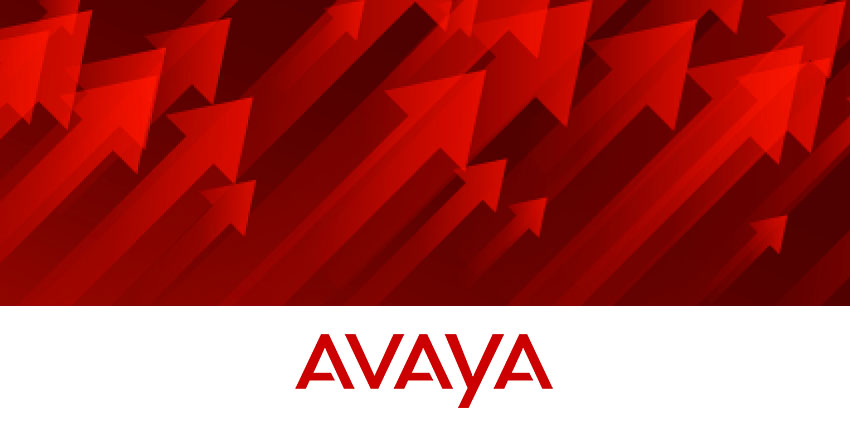Workforce optimisation results in robotic agents who are very good at following rules and procedures – but little else. Workforce engagement develops true problem solvers, opportunity creators and brand ambassadors.
It’s hardly surprising that you see a lot of talk around contact centre agent empowerment these days. Harvard Business Review1 (HBR) found that contact centres with empowered agents – those who enjoy the autonomy to use their own experience and judgement, as well as advice and guidance from their peers – perform 50% better than average. At the same time, this “network judgment” climate, as HBR calls it, reduces the risk of agent mistakes by 25% when compared to contact centres working under traditional cultures. Real-life experience points in the same direction – engaged and empowered workers simply deliver better results.
With this in mind, it is astonishing that many contact centre operators are still obsessed with conservative efficiency goals and strict adherence to rules and procedures. These all too often turn agents into contact answering robots, while creativity and personal judgement (so appreciated in other corporate departments) remain very low on priority lists.
Evolving From Workforce Optimisation to Workforce Engagement
The questions here are: How can you expect your agents to use creativity and focus on the delivery of superb experiences when you press them with rigid Average Handling Time (AHT) objectives? How can you expect agents to insert comprehensive follow-up info (invaluable for CX management, sales, retention and acquisition) into your CRM if you impose strict After Call Work (ACW) targets? And how can you expect agents to help their peers if you force uncompromising occupancy objectives?
The short answer is that you can’t: These are irreconcilable contradictions. And realising this is the key to evolving from workforce optimisation to workforce engagement.
This fixation on efficiency comes from a bygone age, when agents handled simple tasks in far less competitive business environments – and when contact centres were seen solely as cost centres.
Today, in the age of the experience economy, agents’ tasks are very different, and contact centres contribute to the organisation in many different ways. The contact centre’s new status as a profit (rather than a cost) centre goes far beyond outbound campaigns and service-to-sales (S2S) activities.
And key to this is empowered agents. The first step towards engaged agents lies in defocusing (but not abandoning) from traditional objectives – and creating an entirely new KPI logic on which contact centre performance can be measured and judged.
Most importantly, the contact centre’s impact on overall CX should be identified and quantified. Elements like First Contact Resolution (FCR), Agent Experience, post-interaction Net Promoter Score, customer complaints, compliments and similar – should all be part of the equation. And CX should be precisely correlated with customer loyalty (advocacy, purchasing, retention) and lifetime value.
Here we need to avoid generalisations and abstract statements about how employee experience is important for CX and how CX can boost customer loyalty – we need concrete numbers. The necessary data exists and is accessible through business intelligence solutions and clever data engineering that enables proper aggregation and analytics. These insights will reveal the contact centre’s true impact on the organisation’s performance – hopefully helping to soften the traditional pressure on efficiency metrics (like AHT) and freeing agents to show leadership, drive excellence and influence their peers. A decreased focus on costs will also enable increases in investments into agents’ professional development – which will, in turn, further escalate agents’ empowerment and engagement.
The Importance of Quality Management (QM)
This does not, however, mean doing away with Quality Management (QM). We still need to make sure that agents respect social and legal norms, and we need to be able to spot and solve problems with their behaviour or knowledge. But the essence of QM has to change, with workforce engagement logic replacing a workforce optimisation approach. Quality assessments, scoring and coaching need to be reimagined in order to correspond with the new objectives logic instead of focusing on making sure that agents adhere to strict rules and fixed procedures.
Rigid scripting and adherence to procedure did indeed make sense in the past, when agents were dealing with simple and repetitive types of customer requests. Today, though, these requests are easily solved using self-services powered by advancing AI. Consequently, agents now face far more complex customer inquiries for which the scripting of scenarios is not possible. Agents need to be empowered to use their own knowledge, experience and judgements to solve these challenges.
Agents need help here. Products and services are becoming more complicated; regulations are stricter, and more detailed; customers are better informed and more demanding. Context-sensitive knowledge management, AI assistants, and insights provided by predictive analytics solutions are key tools agents need to perform their work effectively while keeping acceptable efficiency levels.
And it is absolutely critical to empower agents to access their peers’ knowledge easily and effectively. Collaboration technologies like presence, phone and video conferencing, co-browsing, documents and application sharing play a key role. In addition, advanced collaboration capabilities empower agents to pull employees from other departments (branch or back-office experts and similar) into customer interactions, significantly improving both FCR and CX.
Last but not the least, empowered and engaged agents tend to stay longer with the company. Having these experienced people around for longer further contributes to collective knowledge.
To move beyond workforce optimisation and achieve workforce engagement requires new targets and measurement, doing away with rigid process scripting, taking a different approach to quality management, and using technology to assist agents and enable them to contribute to and use their colleagues’ knowledge.
Workforce optimisation results in robotic agents who are very good at following rules and procedures – but little else. Workforce engagement develops true problem solvers, opportunity creators and brand ambassadors – valuable assets for success in the experience-driven economy. Only engaged agents can help organisations to stay close to their customers in this time of automation and social distancing. And to deliver experiences that are deep, memorable and relational – instead of only shallow and transactional.






